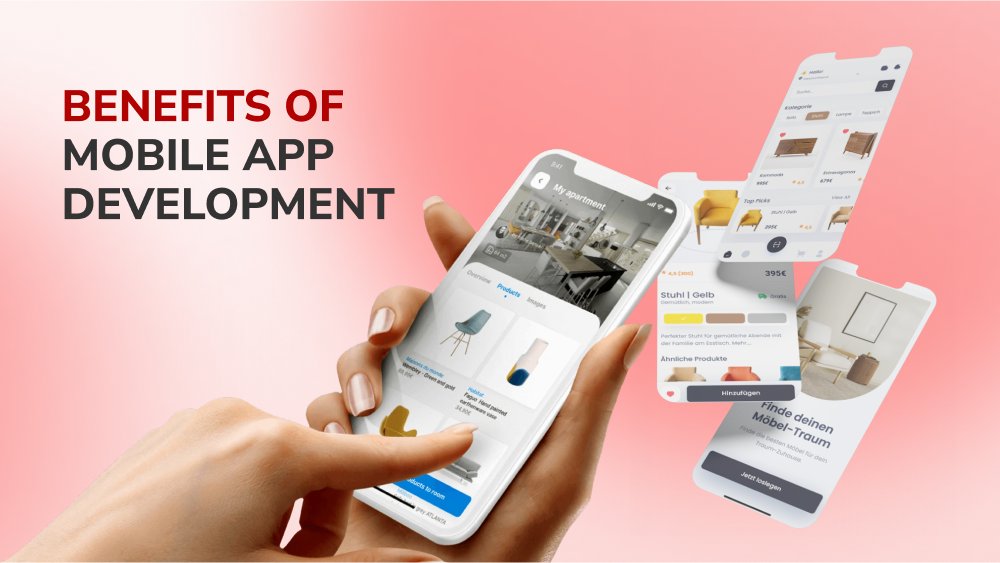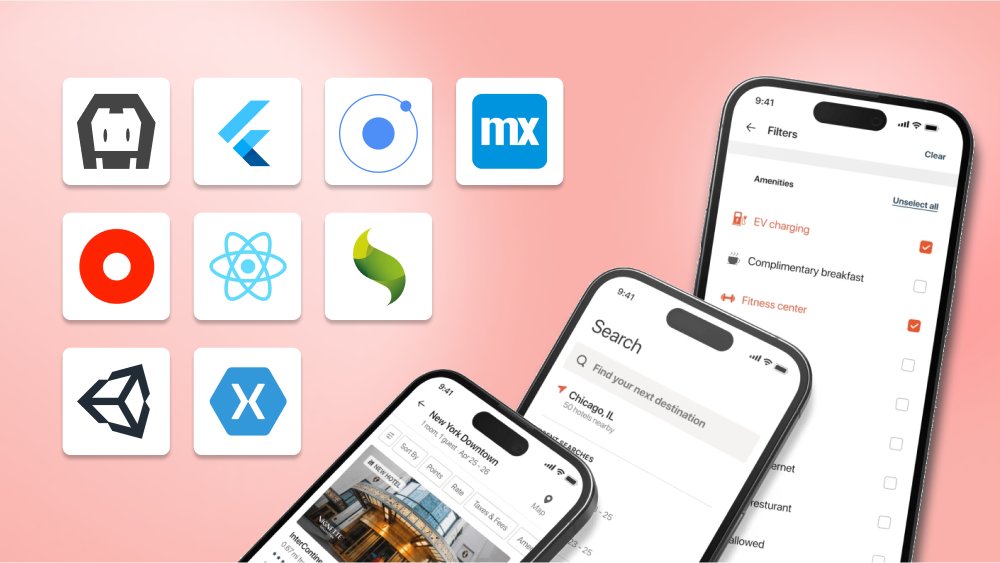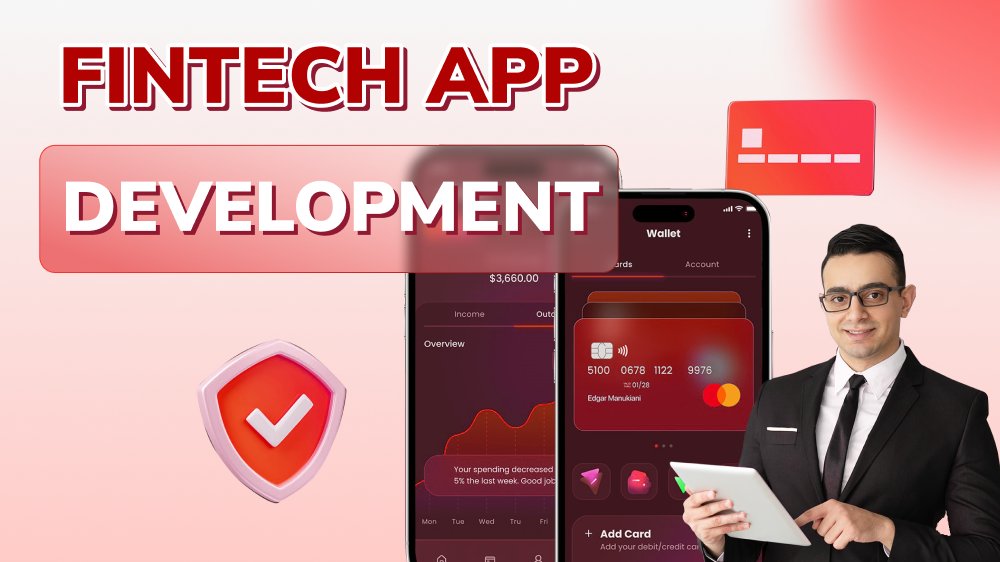Here is All You Need to Know about SaaS Software Development
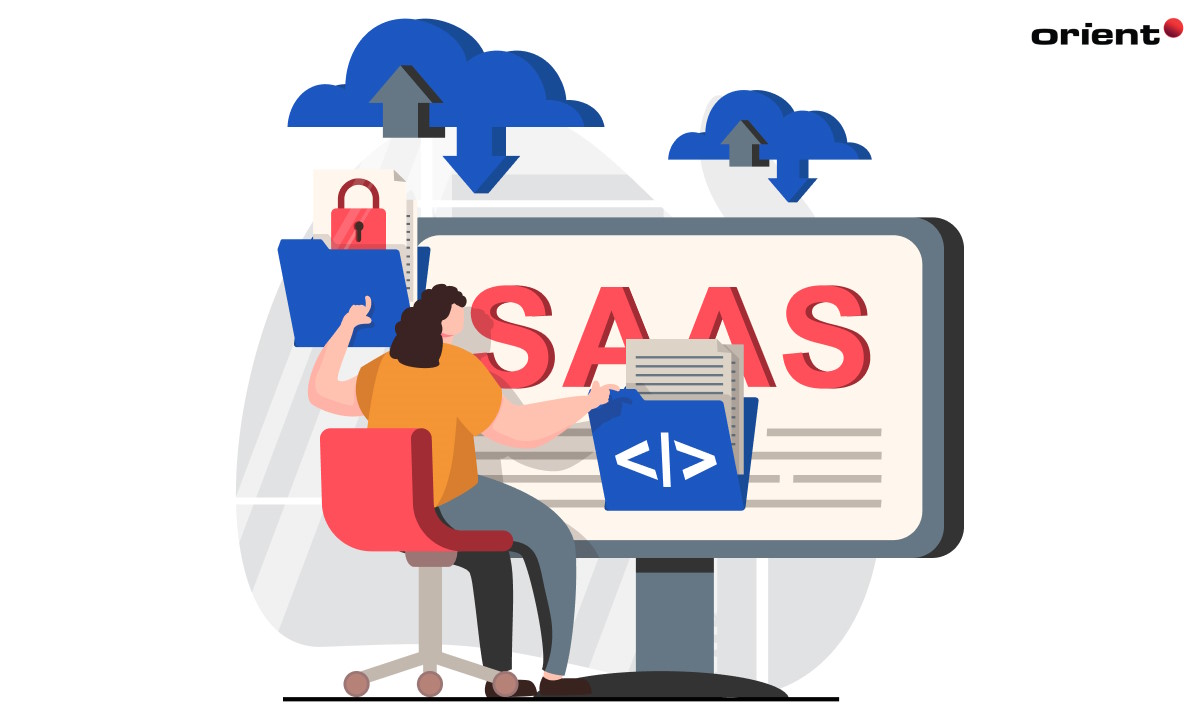
Content Map
More chaptersIf you have ever used your web browser to access your emails, social media account, team video conference, or project management software, then you have experience with using SaaS (Software as a Service) applications.
But what exactly are SaaS apps? What makes developing SaaS apps different from developing traditional software? And what are the unique advantages and challenges of SaaS apps?
In this article, you will learn about what SaaS applications are, how they are built and maintained, their pros and cons, and the best practices to follow when developing SaaS applications. First off, let’s cover the basics of SaaS applications.
What is SaaS?
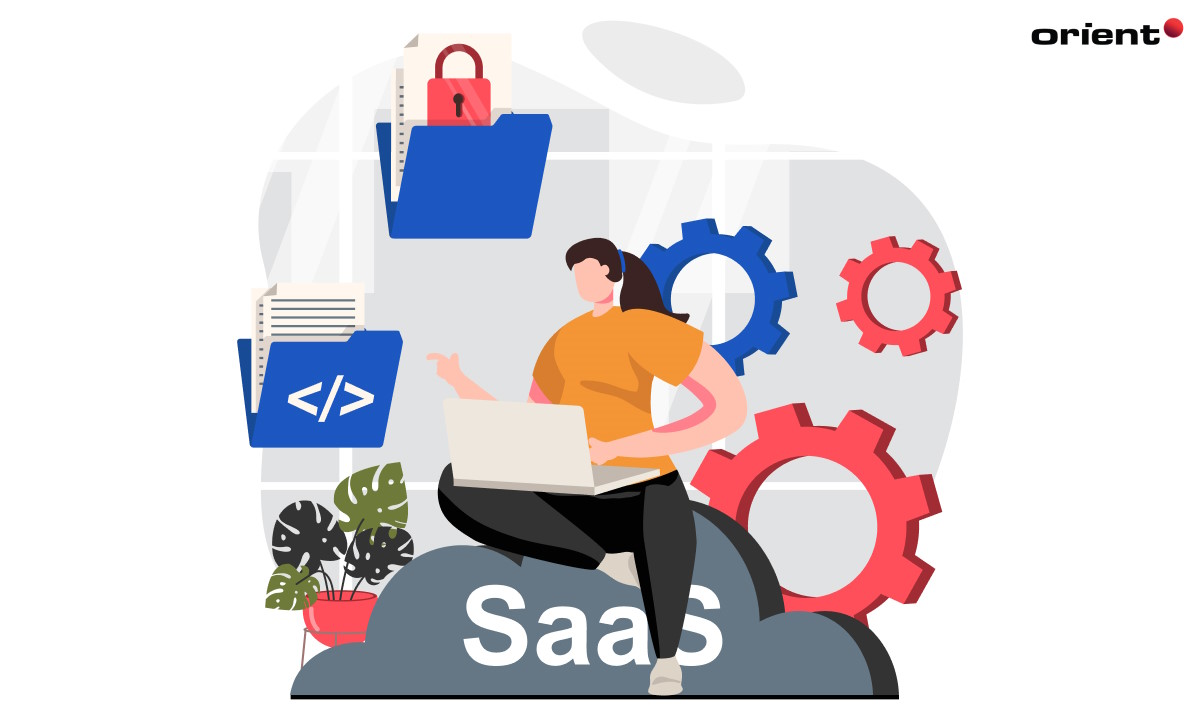
SaaS stands for Software as a Service. It is when a software application is developed to be used in a web browser, as opposed to being installed and maintained on each individual workstation, smartphone, or other mobile device.
The data that powers a SaaS application is stored on a remote data server, otherwise known as the ‘cloud,’ for which the service provider that is providing the SaaS application is responsible for deploying and maintaining it.
To access a SaaS application, users must have access to a secure and reliable internet connection, so that they can connect to the SaaS application through their web browser and then use everything that the SaaS application has to offer in a web-based environment. It is possible for there to be web-based and dedicated app versions of the same software.
A good example of this is social media websites like Facebook, Twitter, and LinkedIn, where you can access these platforms both through your web browser and by downloading a dedicated app on your workstation, smartphone, or other mobile device if desired.
Most SaaS providers have a business model to make their SaaS solutions profitable. For example, they may have a 14-day trial period, where new users get 14 days to use the SaaS application before they must pay a monthly or annual subscription fee in order to continue using the software.
What Makes SaaS Development Unique?

SaaS development is unique because it involves building software that is to be hosted on a shared or private cloud environment. This introduces a wealth of security, performance, compatibility, and user-experience issues that are not present when developing non-SaaS apps.
SaaS developers must incorporate a wide range of cloud security features to keep their SaaS solutions secure, such as Multi-Factor Authorization (MFA), minimum password strength requirements, data encryption, and automated cloud data backup systems.
SaaS developers must also ensure the SaaS application is compatible with the latest range of modern web browsers, such as Microsoft Edge for Windows and Safari for Apple iOS and OS. This also extends to alternative web browsers such as Google Chrome, Mozilla Firefox, and Opera.
Another aspect of SaaS application development that makes it unique is the ability to upscale and downscale an application after launch. This gives developers the freedom to add or remove third-party features, services, plugins, and components that were not available at the time of launching the SaaS application.
Thus, SaaS providers can respond to customer demand, and the market, by continually improving their SaaS application well after the initial product launch of the product.
The Advantages of SaaS App Development

There are many advantages to developing a SaaS app. These advantages include reduced costs for users, ease of distribution, ease of maintenance and updates, and increased scalability.
When combined, these advantages can add tremendous value to your business. They can help provide steady income through subscription models and streamline the process of pushing updates and quality of life improvements. They can also help you keep up with customer expectations by incorporating the latest features into your SaaS app.
Let’s take a closer look at these advantages in greater detail.
New Revenue Stream Through Subscription Models
Most SaaS providers have a business model baked into the design of their SaaS product.
They may let a user have free access to the SaaS product for a set amount of days, and then have the user subscribe on a monthly or annual basis, so that they can continue to use the SaaS product.
They may take a ‘freemium’ approach, where the user has access to a limited amount of features in the SaaS product, and therefore must subscribe to gain access to the full suite of features available to them.
Companies like Microsoft even have articles that show you how to monetize your SaaS application through the official Microsoft Commercial Marketplace, if that is a direction that you wish to pursue.
Ease of Distribution
These days, a SaaS solution is more enticing to casual and business users. There is no need to download dedicated software on each workstation, smartphone, or mobile device that they use.
All they need is a secure, reliable internet connection, and a compatible web browser in order to use the SaaS product. And in some cases, you can have both cloud-enabled and downloadable versions of the same application, giving users the freedom to use the application in a way that suits their unique needs.
By giving users more ways to access SaaS solutions, they are more likely to embrace your SaaS product and not be inconvenienced by accessibility issues.
Ease of Maintenance and Updates
Due to the nature of SaaS applications, they can be given updates, patches, and quality of life improvements well after the initial launch period.
By listening to user feedback, and responding to user troubleshooting issues, developers can prioritize the most serious issues with the SaaS app, and then implement the necessary improvements in a timely manner.
As a result, companies can address existing issues, add new features and services, and improve upon existing features without significantly changing the core architecture of the SaaS model itself. This way, users will continue to see the SaaS app improve over time, thus extending the lifespan of the SaaS app and the customer experience as well.
The Challenges of SaaS App Development

With as many benefits as there are to SaaS application development, there are just as many challenges that companies should be aware of.
These challenges can pose significant problems if they are not addressed early on in the SaaS development process.
For example, if the inclusion of a crucial feature is left until the last minute, then its implementation may be more timely and costly than if it was implemented earlier. What’s more, when developing applications to be hosted in the cloud, this can present many cybersecurity issues that are unique to a cloud environment.
Let’s take a closer look at the many challenges of SaaS application development.
Cloud Security Issues
Since SaaS applications are hosted on private or public cloud environments, they may be more prone to cybersecurity attacks than traditional software. If the cloud computing provider is attacked, particularly one that provides shared cloud hosting, then any application in the shared environment could be affected by the attack. This is why it is crucial to choose a trustworthy, reliable, and reputable cloud computing service provider, and to include the latest cloud security features in the SaaS application, such as MFA, data encryption, and minimum password strength requirements.
Regional and Industry Compliance
With SaaS development, it is imperative that the application meets all global, regional, and industry-specific standards.
Such examples of regional standards include the GDPR (General Data Protection Regulation), a standard that gives users the right to ask organizations to delete their personal data. Meanwhile, an example of an industry-specific standard for software development can be found in the medical sector, where the standard IEC 62304:2006 defines the SaaS development lifecycle for medical device software.
To ensure your SaaS platform is compliant with all relevant standards, make sure your SaaS development company – whether you outsource, or hire in-house – has a dedicated expert who can perform all the necessary compliance checks.
This way, your SaaS platform will be approved for use in the industries and regions in that you wish to deploy it. It will also remove the guesswork involved in figuring out what regional and industry-specific standards apply to you.
Guaranteeing Zero Deployment Downtime
When pushing updates, patches, and quality of life improvements, you may need to temporarily limit or restrict access to the SaaS platform. This makes it easier to carry out maintenance checks and incorporate updates into the application, without worrying about whether you are disrupting the user base.
However, it is important to give users notice about when these maintenance periods will occur, and how long they will last for. By doing so, your users will have the time they need to plan ahead. It is also encouraged that you carry out maintenance outside of high user activity, such as in the early hours of the morning.
This, of course, may not be possible if your SaaS platform is used by people around the world, who operate under different time zones.
Best Practices for SaaS Application Development
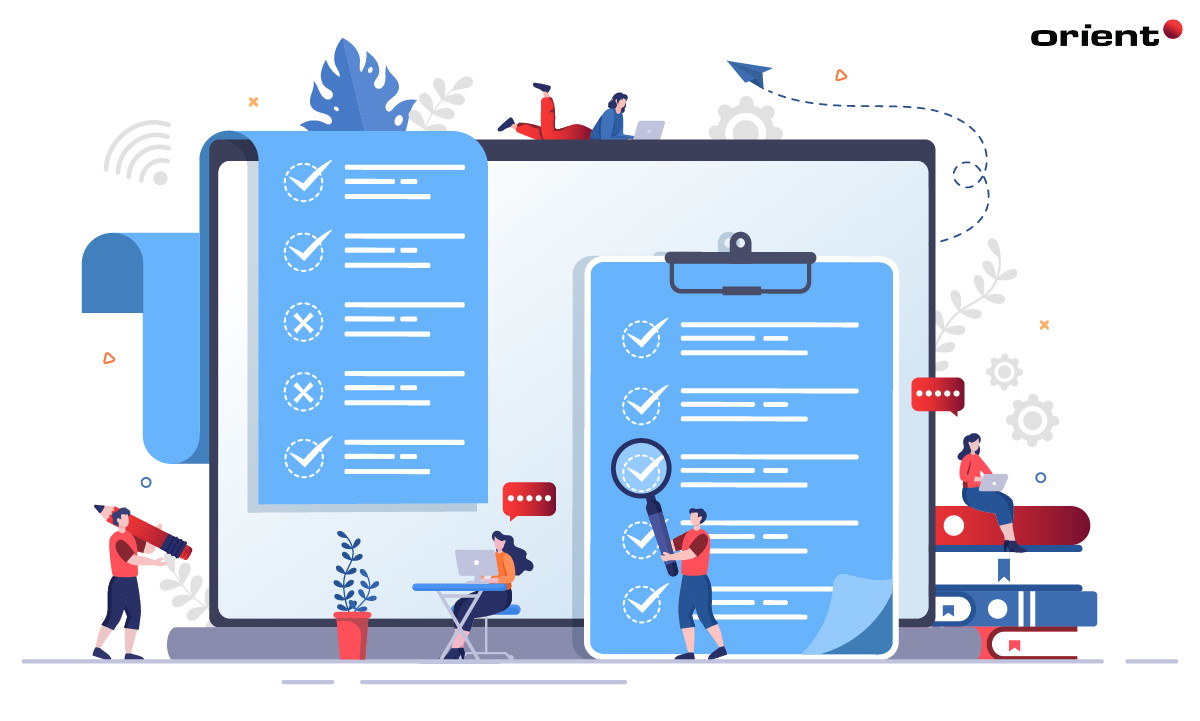
Developing and launching a SaaS platform is the perfect chance to capitalize on a previously unexplored market, gain a competitive edge, and improve the user experience. However, the practice can go in a wide range of directions, which can make it easy to lose sight of your overarching goals and objectives.
To ensure that your SaaS platform meets the highest quality standards, and helps achieve your relevant business goals, here are a few ways to streamline the development process and improve the final product.
Hire a Compliance Expert
Make sure that your SaaS platform meets all relevant regional and geographic standards by hiring a qualified compliance expert.
If you are outsourcing, make sure the SaaS app development team has a compliance expert on their team. They will perform the necessary quality assurance for you, ensuring your SaaS platform satisfies the latest requirements.
SaaS compliance covers a broad range of areas, from security to performance to data privacy, so make sure the compliance expert has the skills and knowledge to cover all of these bases.
Use Content Delivery Networks (CDNs)
Content Delivery Networks (CDNs) are geographically distributed groups of servers that communicate with the hosting server to speed up the transfer of assets from the cloud provider to the end user. While CDNs do not host the assets in question, they help cache the content at the network edge, which in turn boosts performance and loading times for the end user. CDNs not only improve website loading times, but also help reduce bandwidth costs by reducing the amount of data that the original server must provide.
Choose the Right SaaS Architecture
Early on in development, it is important that you choose the right SaaS architecture for your platform. There are many types of frameworks out there, but the two most common are Monolithic Architecture and Microservices Architecture.
Monolithic architecture means that the entire SaaS platform is built upon one large codebase. Therefore, if a change is made to the single codebase, then that change could impact the entirety of the codebase and thus must be reviewed to ensure nothing has been interfered with.
Microservices architecture, on the other hand, means that the SaaS platform is composed of various smaller codebases (or independent units), which work together to make the SaaS platform function properly.
Depending on the circumstances and requirements of your SaaS platform, your development team will take the time to explain the advantages and disadvantages of each architecture, and then help you choose the architecture that is the right fit for your SaaS platform.
Take Advantage of SaaS App Development Today

In an age where users around the world use a combination of desktop workstations, smartphones, and other mobile devices like laptops and tablets, the advantages of SaaS application use are clearly evident.
There is no need to install dedicated software onto each device. And maintaining the application is made easy, as the development team must only push updates and quality of life improvements for the one cloud-enabled application, without requiring users to manually update their software each time an update is pushed out.
Of course, with so many benefits of SaaS applications, the challenges should not be ignored, either. SaaS applications, when integrated with third-party components, can run into problems if those components are not fully compatible with the first party libraries. Furthermore, SaaS applications may require periods of temporary downtime, in order for updates and quality of life improvements to be pushed out.
In these circumstances, it is imperative that scheduled maintenance is planned ahead of time, and that users are notified as early as possible so that they can prepare. Ideally, scheduled maintenance should be carried out outside of peaks of user activity, such as in the early morning.
Most important of all? It is vital that your software development, whether you hire in-house or use outsourcing software services, is made up of people who are highly skilled in all aspects of SaaS application development and also have a compliance expert that will make sure the application is compliant with all relevant industry-specific and regional standards.
By doing so, you’ll increase the odds of streamlining the development process, and launching a SaaS application that satisfies user intent, meets your desired business goals, and passes all compliance standards with flying colors.

